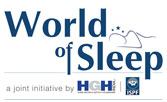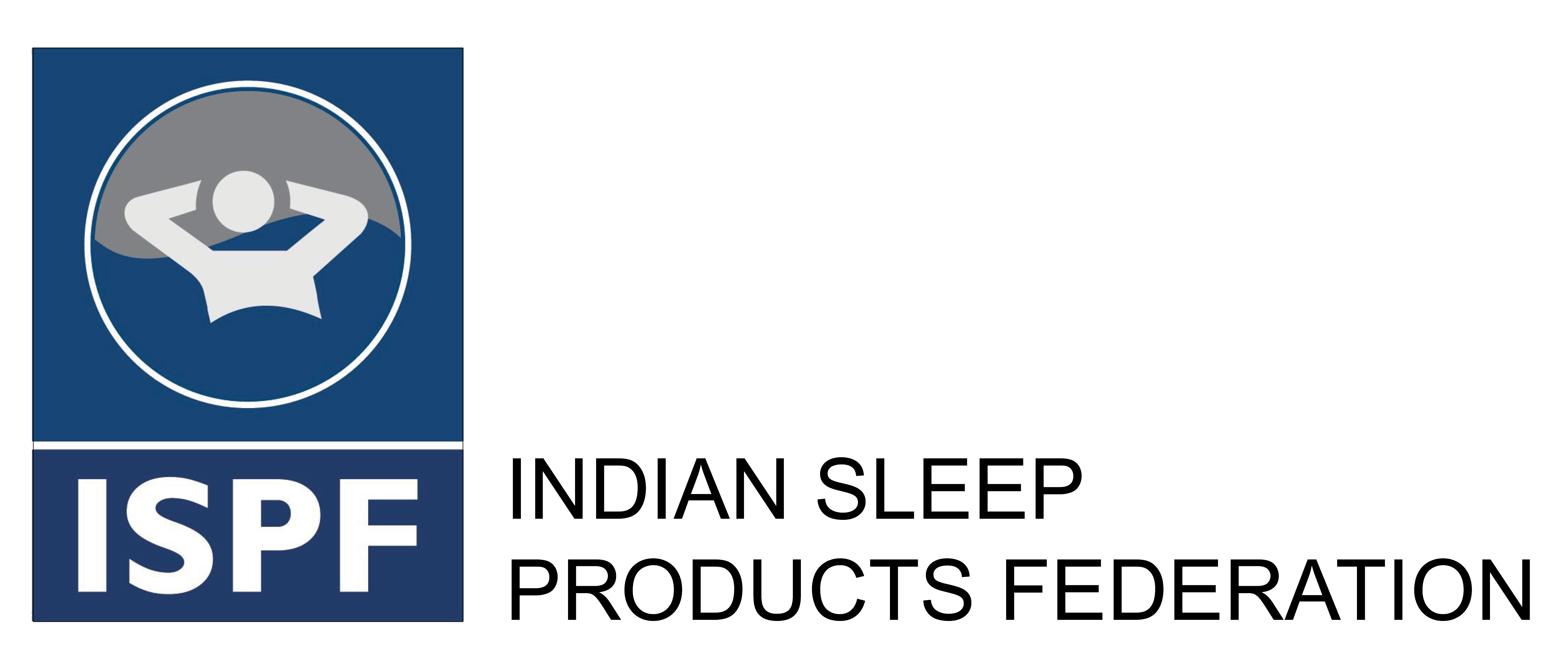Sleep disorder, also known as somnipathy, is a medical condition where a disorder is generated in the sleep pattern impacting the sleep health of an individual.
It can also be defined as a group of disorders that impact the sleep pattern on a regular basis. The presence of sleep disorders can be attributed to various factors including sleep health issues and high stress.
Lack of sleep has a negative impact on the overall sleep health of a person and his/her level of concentration. It leads to tiredness throughout the day.
Common types of sleep disorders include sleep apnea, insomnia, narcolepsy, sleepwalking, and restless leg syndrome. The prevalence of sleep disorders has been significantly growing over the years, which is a primary factor driving the market. For instance, in the U.S., over 75 percent of people aged between 20 and 59 years have sleeping difficulties frequently.
According to TMR’s report, the sleep disorders market is anticipated to expand in the next couple of years, owing to a significant rise in the prevalence of sleep disorders. According to the American Sleep Association, in 2015, over 21 percent of women in the U.S. were suffering from obstructive sleep apnea and over 34 percent of men were suffering from sleep apnea. The increasing usage of social media and growing addiction to gadgets such as smartphones and laptops augment the stake. In addition, the rise in public and private health coverage, covering the sleep clinics is fueling the market. Furthermore, ongoing research on the ill effects of sleep deprivation and the growing adoption of sleep clinics are boosting the market. However, an increase in patent expirations, the emergence of generics, and side effects associated with sleep disorder drugs may hamper the market in the near future.
Based on treatment, the market can be segregated into psychiatric treatment, behavioural treatment, cognitive behavioural therapy, medication therapy, and others. Medications include prescription drugs, OTC drugs, and herbal drugs. Along with therapies, certain devices such as sleep apnea devices, sleep laboratories, mattresses and pillows are employed in the treatment of sleep disorders. North America accounted for the maximum share of the global market in terms of revenue in 2016 and the trend is anticipated to continue in the coming couple of years. The strong growth of the market in the region can be attributed to well-established healthcare infrastructure, a rise in awareness among people, and an increase in the prevalence of sleep disorders. Europe is expected to be the second leading market for sleep disorders. However, the sluggish growth of the economy in the region is likely to negatively impact the market in Europe during the forecast period. The market in Asia Pacific is anticipated to register a significantly high CAGR [compound annual growth rate] in the coming couple of years, owing to factors such as increasing patient population and growing government focus on enhancing healthcare facilities in the region.
According to TMR’s report, leading players operating in the global sleep disorders market are GlaxoSmithKline plc, Becton Dickson and Company, Natus Medical Incorporated, Cardinal Health, Koninklijke Philips N.V., Teva Pharmaceutical Industries Ltd., and Takeda Pharmaceutical Company Limited.
Sleeping Aids Market
The global sleeping aids market is forecasted to attain revenue of $101.9 billion by 2023, according to P&S Intelligence.
The growing prevalence of insomnia and obstructive sleep apnea (OSA) disorders, rising use of portable sleep apnea devices, increasing government support for start-up companies, growing healthcare facilities, the surge in the demand for sleeping pills attributed to stressful modern lifestyle, and increasing geriatric population are the key factors driving the growth of the market.
Based on offering, the sleeping aids market has been categorized into mattresses and pillows, sleep laboratory services, medication, sleep apnea devices and others. Sleep apnea devices are predicted to be the fastest-growing product category in this market, witnessing a CAGR of 7.4 percent during 2018-2023. This growth is characterized by technology advancements and an increasing number of OSA cases, globally.
The medication category is further classified into prescription drugs, over-the-counter drugs and herbal remedies. Among these, prescription drugs held the largest share in the sleeping aids medication market, with a 65.7 percent share in 2017. Based on the sleep disorder, the sleeping aids market has been categorized into insomnia, sleep apnea, restless legs syndrome, narcolepsy, sleep walking and others. Among these, insomnia held the largest share in this market, with a 31.2 percent contribution in 2017, mainly due to the rise in the prevalence of the number of insomnia cases over the years.
During 2018-2023, the sleeping aids market is projected to witness the fastest growth in APAC, with a CAGR of 7.1 percent, owing to the growing geriatric population, increasing prevalence of sleep disorders, and surging awareness about sleeping aids products in the region. According to the World Bank, life expectancy at birth of people in India increased from 67 years in 2010 to 69 years in 2016, representing growth in the geriatric population of the country. With the growing geriatric population, the frequency of sleep disorders is increasing, which further creates demand for these products.
Globally, key players in the sleeping aids industry are developing new devices and products for the treatment of sleeping disorders. Some of the leading players in the sleeping aids industry are Drive DeVilbiss Healthcare, Sanofi, Merck KGaA, Koninklijke Philips N.V., Pfizer Inc., SleepMed Inc., Takeda Pharmaceutical Co. Ltd., Cadwell Laboratories Inc., Natus Medical Inc., and Compumedics Limited.
Sleep Testing Services Market
The sleep testing services market is expected to be valued at $8,395.7 million by the end of 2021, reflecting a CAGR of 12.9 percent during the forecast period (2016–2021), according to a report by Persistence Market Research (PMR). The global sleep testing services market in 2015 was estimated at Full polysomnography (PSG) sleep testing has strong penetration in in-lab sleep testing services owing to the reliable outcome and diversified scope in terms of disease diagnosis. Moreover, the ready availability of reimbursement and higher awareness level of PSG tests positively impacted the growth of the full polysomnography testing segment in 2015.
Reimbursement policies play a vital role in sleep disease diagnosis and are also responsible for the commercial success of home-based sleep testing solutions. Preference in the leading market of North America is shifting from laboratory-based sleep testing services to home sleep testing services owing to lower cost and easy availability of services.
According to the Sleep Apnea Organization, in 2017, more than 22 million Americans suffered from sleep apnea and 80 percent of moderate to severe sleep apnea cases were undiagnosed; worldwide, over 100 million people suffer from sleep apnea. Thus, the increasing incidence of sleep apnea is one of the factors responsible for the growth of the sleep apnea devices market.
The sleep apnea devices market is highly competitive and consists of several major players, across the world. Further, with rising technological advancements and product innovations, mid-size and small-scale companies are increasing their market presence by introducing new devices into the market at competitive prices. Companies, like Resmed, Fisher & Paykel Healthcare, Natus Medical Inc, Koninklijke Philips NV and Invacare Corporation, hold substantial shares in the market.
Actigraphy Devices Market
Actigraphy devices (actometer or actimeter) utilize a portable device, which is usually worn on the wrist that records physical movement over an extended period. This technology is being increasingly adopted in clinical settings, as actigraphy has the advantage of providing objective information on sleep habits in a patient’s natural sleep environment.
Since actigraphy is less invasive and less expensive than PSG devices, it has an abundance of competitors in the space. An increasing number of individuals diagnosed with sleep disorders is expected to promote the use of services. In-lab sleep testing services sub-segment accounted for 69 percent share of the diagnostic sleep testing services segment share in 2015. However, the segment is expected to witness a reduction in terms of market growth owing to an increase in the adoption of cost-effective and less time-consuming home sleep testing services over the forecast period. is a promising device for assessing sleep apnea treatment effects. It also can be used for follow-up, once the treatment has begun or to evaluate changes in sleep, over the course of the treatment period. The rising demand for actigraphy devices in sleep apnea is due to its cost-effectiveness, as it facilitates non-intrusive 24-hour monitoring at home for extended periods. The sleep-wake is relatively easy and it does not require any installation.
Opportunities
The broad range of sleep health products and services creates a plethora of entry points and investment theses for private equity firms to consider, ranging from potential roll-up strategies (e.g., mattresses and bedding) to building a holistic portfolio of sleep health solutions (e.g., sleep labs, consultants, and monitoring tools). When looking at specific players in the space, it is important to assess them on three key dimensions: brand credibility, differentiation, and growth hooks. Brand credibility is table stakes, as consumers are not looking for gimmicks but rather demanding products and services with proven results. The bedrock of brand credibility is a clear reason to believe (e.g., specific mattress foam, active ingredients, doctors’ endorsements) that the company’s product will deliver on the promised benefit. Second, the business needs to have a clear point of differentiation to separate it from the abundance of competitors in the space.
The differentiation can be a specialized material, a new delivery mechanism, a unique business model, better customer service, or enhanced health claims. Finally, the business needs to prove it has legs beyond one core hero product or service to ensure that there is a pathway to sustain long-term growth. The underlying implication is that sleep health is an attractive place for private equity investment, but the investment opportunities need to be filtered through these three lenses to ensure they have consumer permission to scale long-term, according to McKinsey’s report titled “Investing in the growing sleep health economy”.


